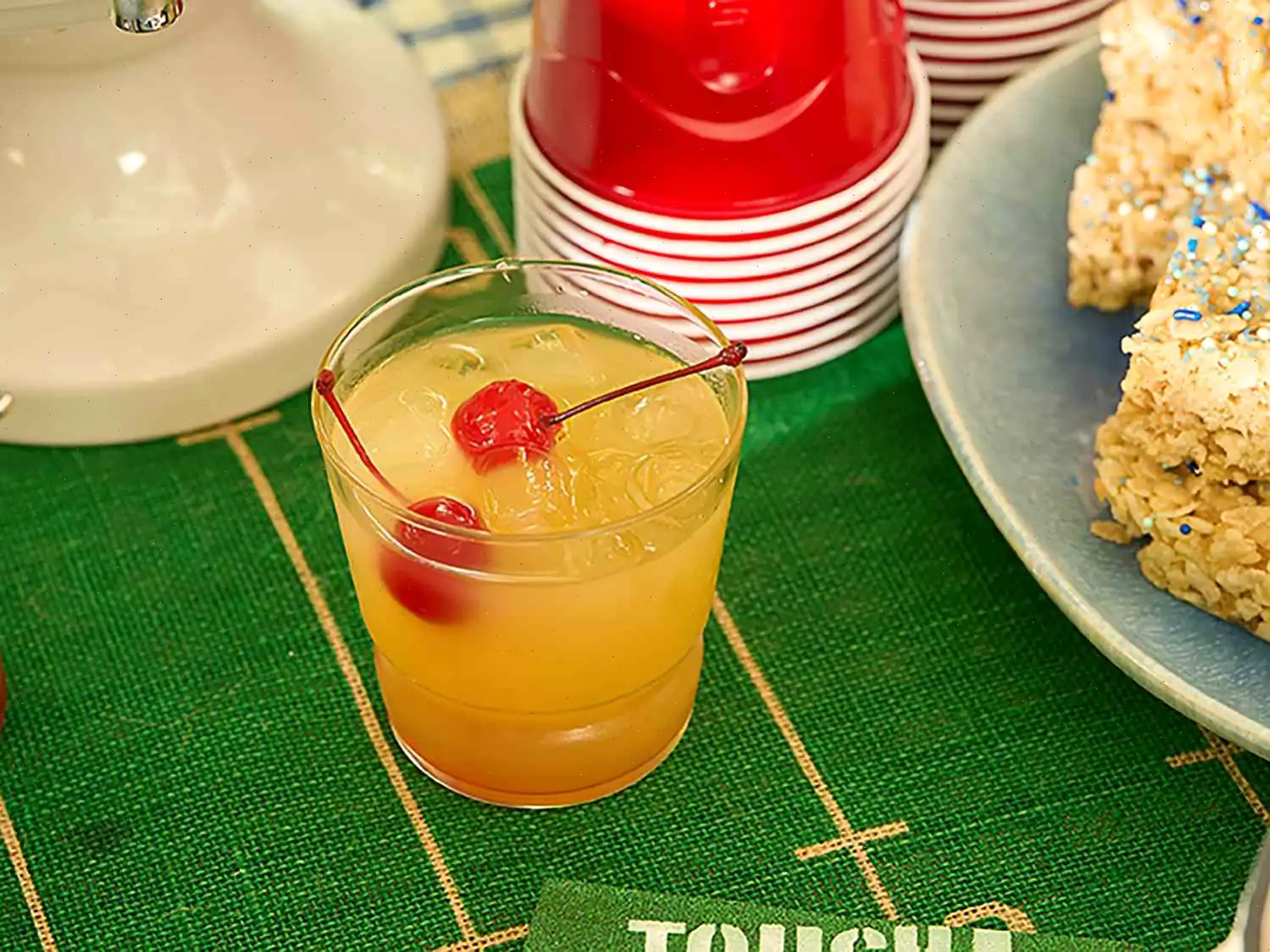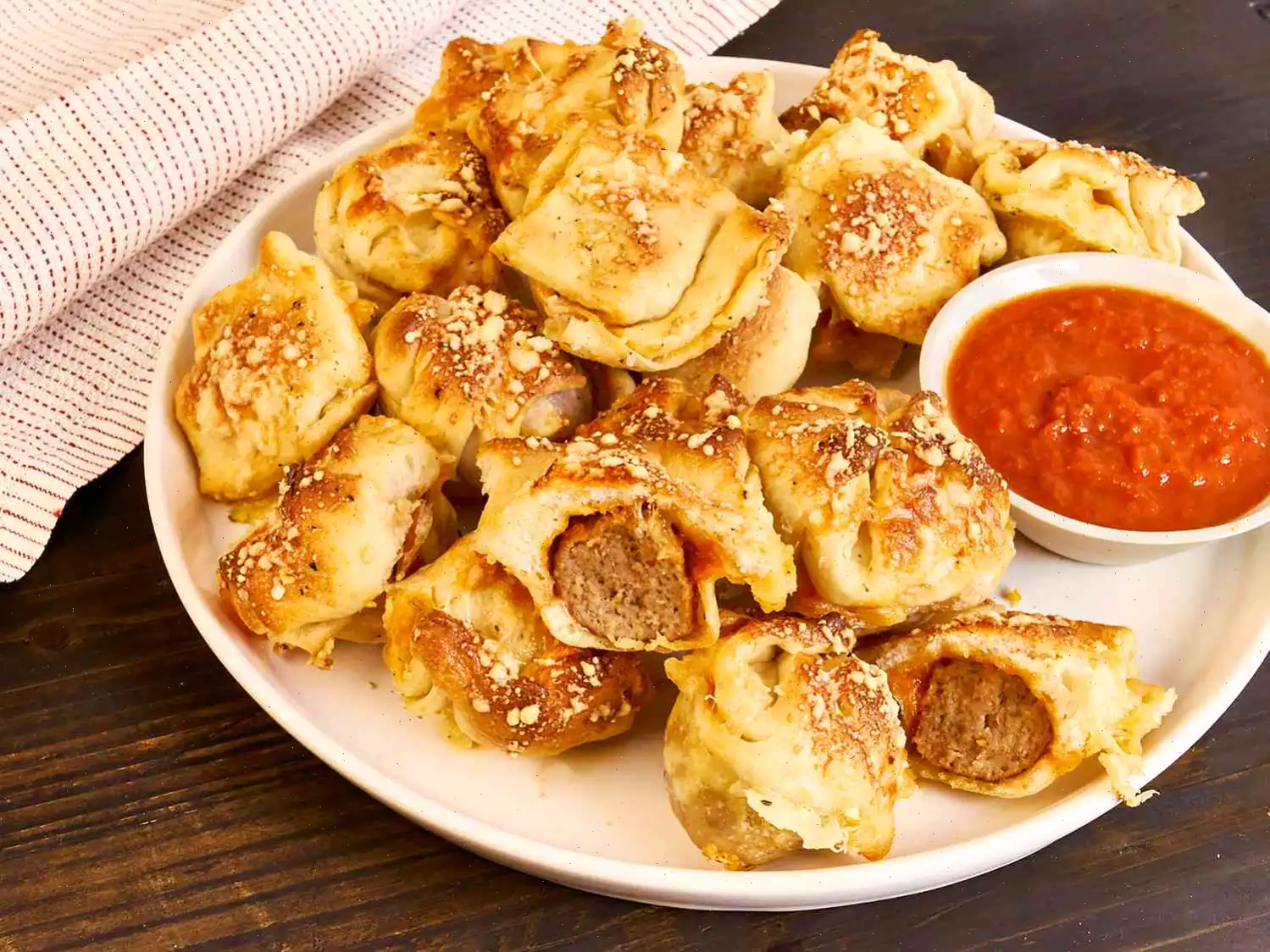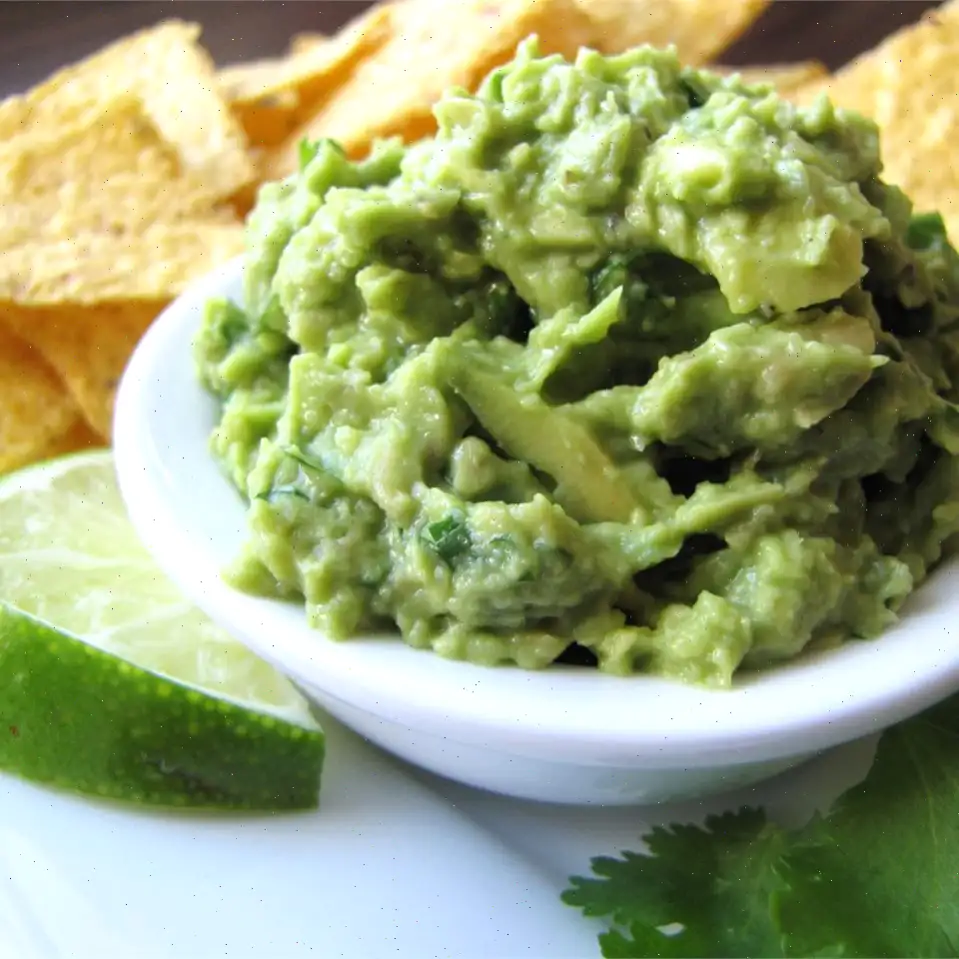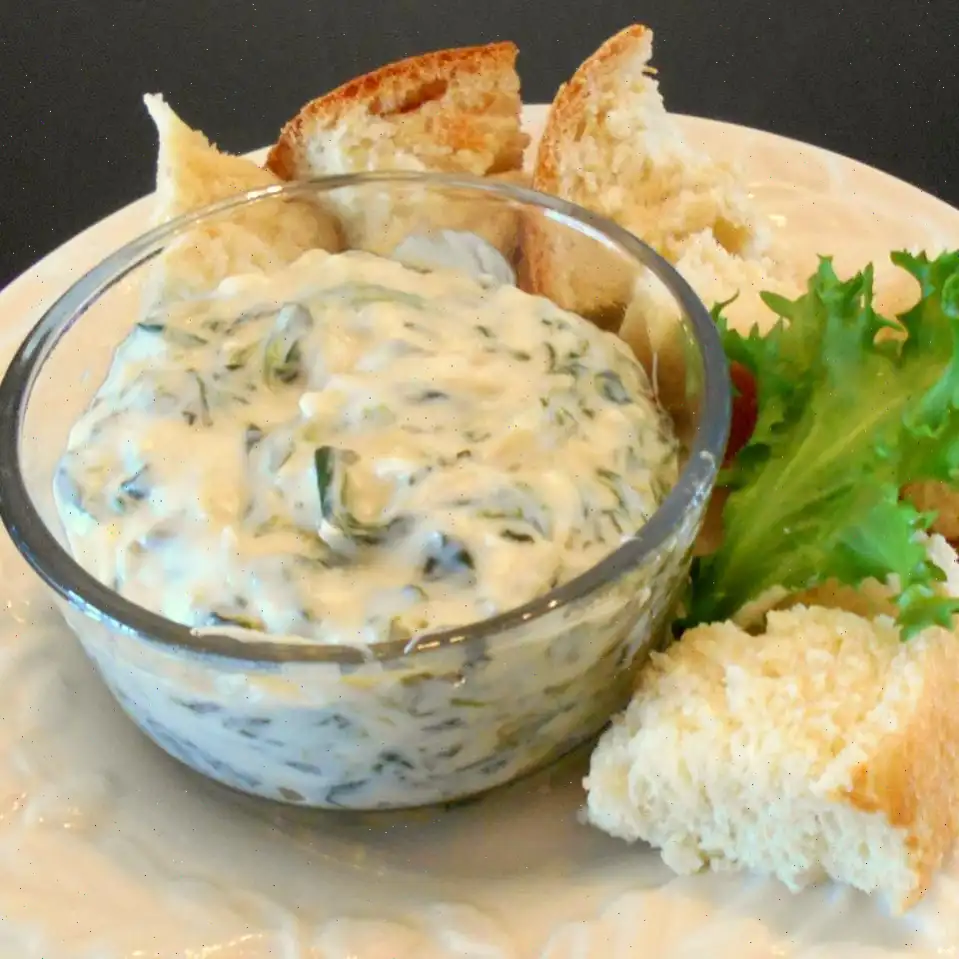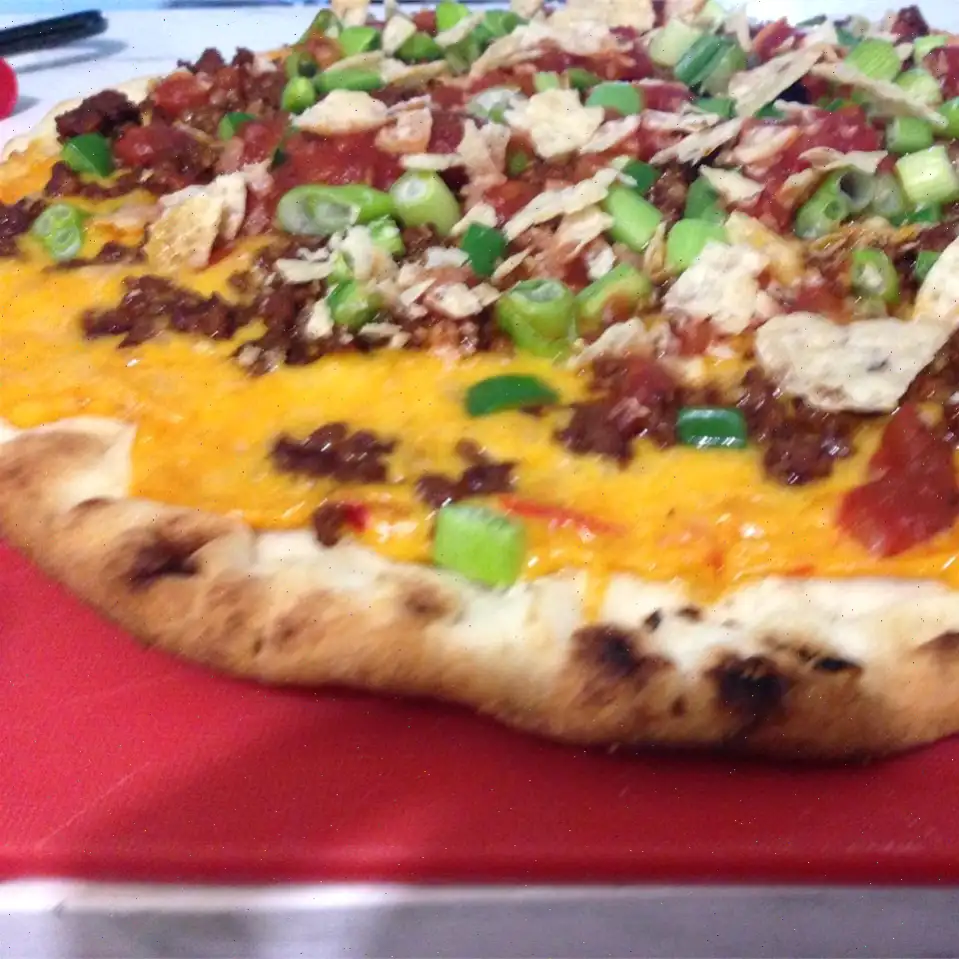
Big Batch Yellow Hammer Cocktail Recipe
Ingredients
This recipe is designed for 16 servings. Adjustments to the ingredient quantities are automatic for different yields, but cooking and mixing steps remain the same.
- 1 cup white rum
- 1 cup vodka
- 1 cup amaretto
- 2 cups orange juice
- 4 cups pineapple juice
- 1 cup water
- Cherries, for garnish
Directions
- In a large pitcher or drink dispenser, combine the rum, vodka, amaretto, orange juice, pineapple juice, and water.
- Add plenty of ice and stir gently but thoroughly until all ingredients are well blended.
- Serve immediately over ice, or refrigerate until ready to serve.
- Garnish each glass with a cherry for a festive touch.
Nutrition Facts (per serving)
- Calories: 165
- Fat: 0g
- Carbohydrates: 19g
- Protein: 1g
Percent Daily Values are based on a 2,000 calorie diet. Your daily values may vary depending on your calorie needs.
- Saturated Fat: 0g (0%)
- Cholesterol: 0mg (0%)
- Sodium: 4mg (0%)
- Dietary Fiber: 0g (1%)
- Total Sugars: 16g
- Vitamin C: 44mg (48%)
- Calcium: 14mg (1%)
- Iron: 0mg (2%)
- Potassium: 173mg (4%)
** Nutrient information is based on available data and may not cover all ingredients. Consult a professional if following a medically restrictive diet.
The Story Behind the Big Batch Yellow Hammer Cocktail
The Yellow Hammer cocktail traces its roots to the Southern United States, where it emerged as a popular tailgate and party drink in the late 20th century. Its vibrant yellow color and fruity flavor made it an instant favorite at social gatherings. Originally, the drink was crafted in small batches for casual backyard events, but over time, bartenders and home enthusiasts began preparing it in larger quantities to accommodate bigger crowds. Its name is thought to be inspired by the bright yellow feathers of the Northern Flicker, a bird commonly nicknamed the yellowhammer in certain regions, symbolizing the cocktails cheerful hue and lively character.
Regional Variations and Features
The Yellow Hammer cocktail is especially popular in the Southeastern United States, particularly in Alabama, Georgia, and Florida. In Alabama, it often incorporates local citrus juices to accentuate the tropical notes of pineapple and orange. Some variations use flavored vodkas or substitute rum types to reflect regional preferences, creating subtle differences in sweetness and strength. Despite these variations, the core combination of rum, vodka, amaretto, and fruit juices remains consistent, ensuring a familiar taste across different locations.
How It Differs from Similar Drinks
While the Yellow Hammer shares similarities with other fruity cocktails like the Mai Tai or Planters Punch, its unique combination of amaretto with both rum and vodka sets it apart. This blend creates a balanced flavor that is both nutty and tropical, unlike a traditional Mai Tai which emphasizes citrus and rum alone. Additionally, the Yellow Hammer is typically served in large batches, making it ideal for parties, unlike many single-serve cocktails designed for individual servings.
Typical Serving Occasions
This cocktail is most commonly enjoyed at large social events, including tailgates, backyard barbecues, and holiday parties. Its bright color and approachable sweetness make it especially popular among guests who prefer fruity drinks over stronger, spirit-forward cocktails. Often served over ice in punch bowls or large dispensers, it is garnished with cherries or orange slices, enhancing both its visual appeal and flavor profile.
Interesting Facts
- The Yellow Hammer is often associated with college football tailgates, particularly in the Southeastern United States, where it has become a seasonal tradition.
- Its combination of rum, vodka, and amaretto allows it to maintain a smooth taste despite its higher alcohol content, making it deceptively easy to drink in large quantities.
- Some bartenders recommend chilling the fruit juices beforehand to reduce dilution from ice, preserving the cocktails vibrant flavor.
- The cocktails bright yellow hue makes it a popular choice for themed parties, especially summer gatherings and tropical-inspired events.


